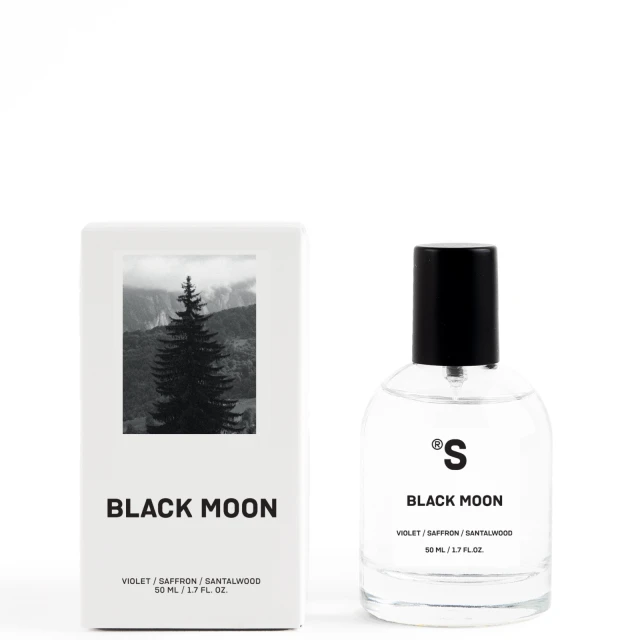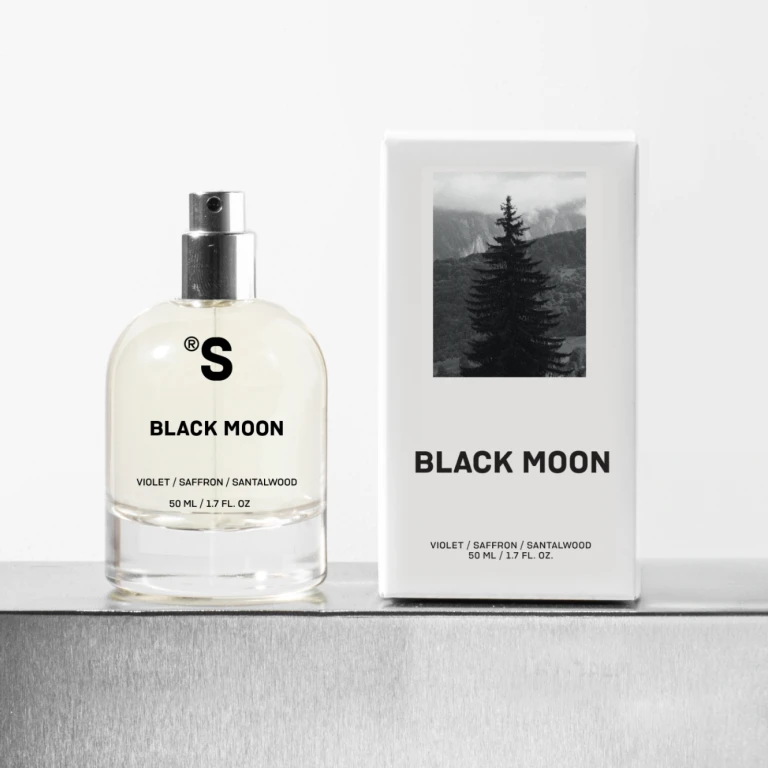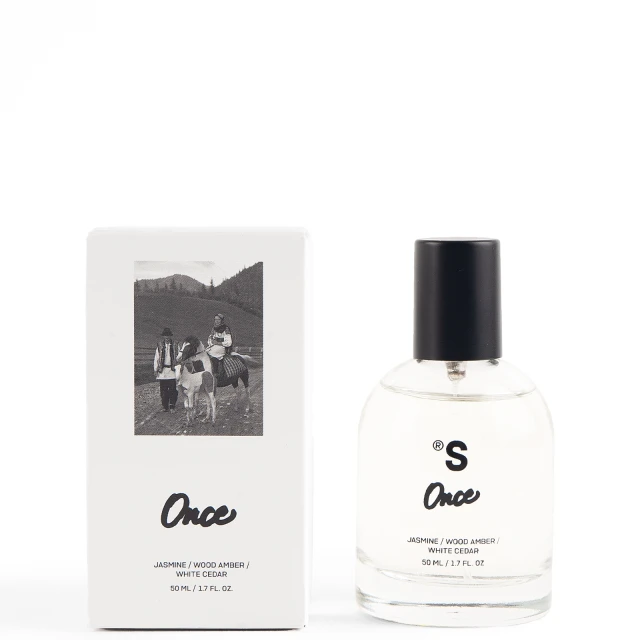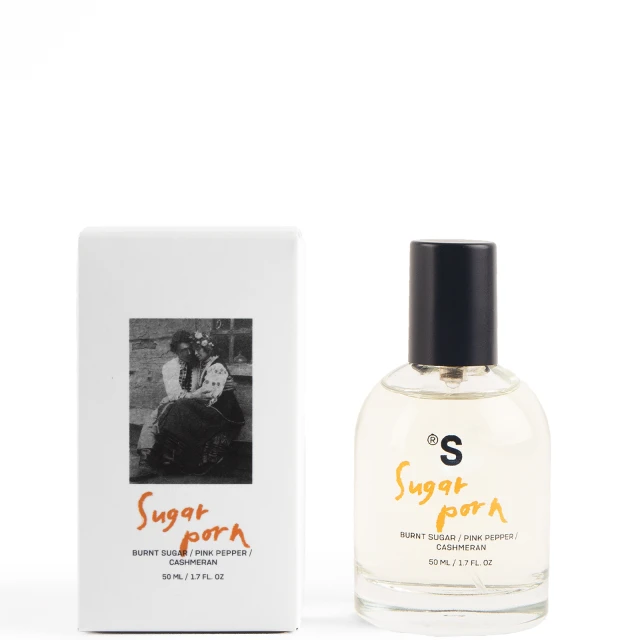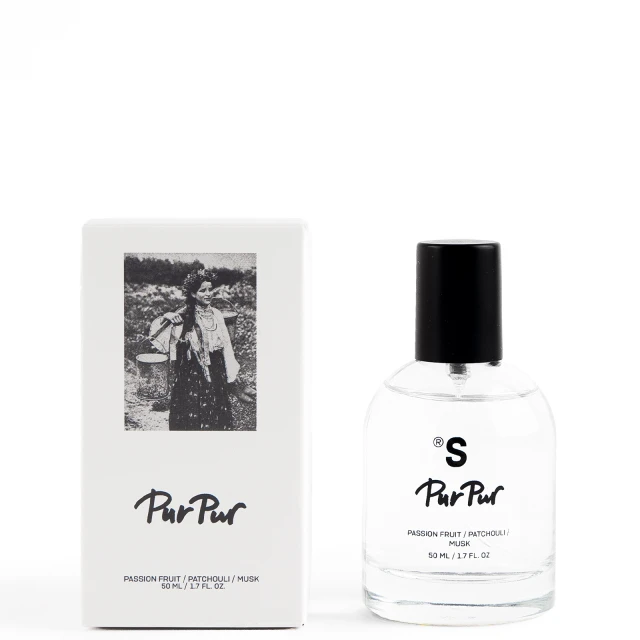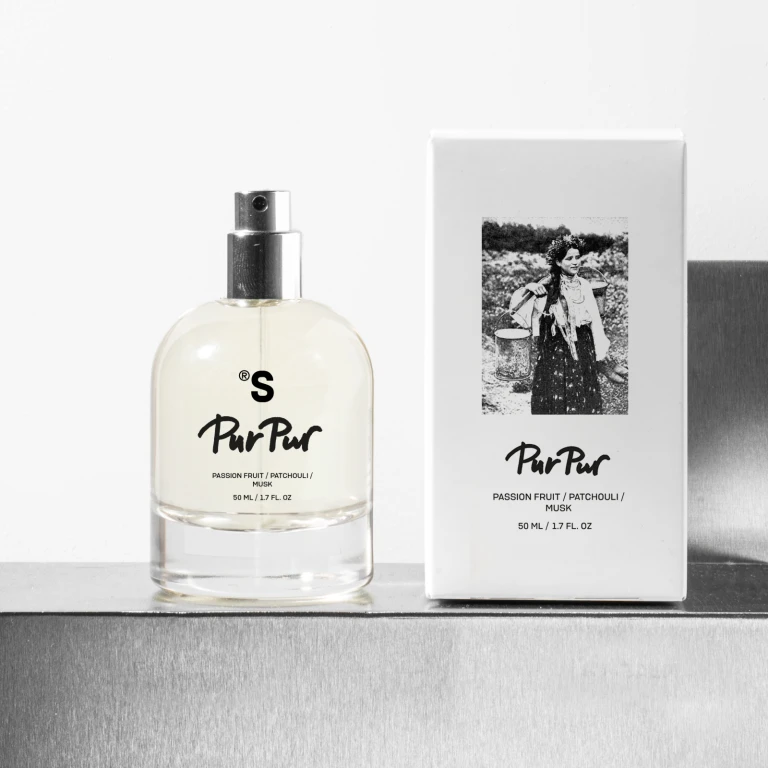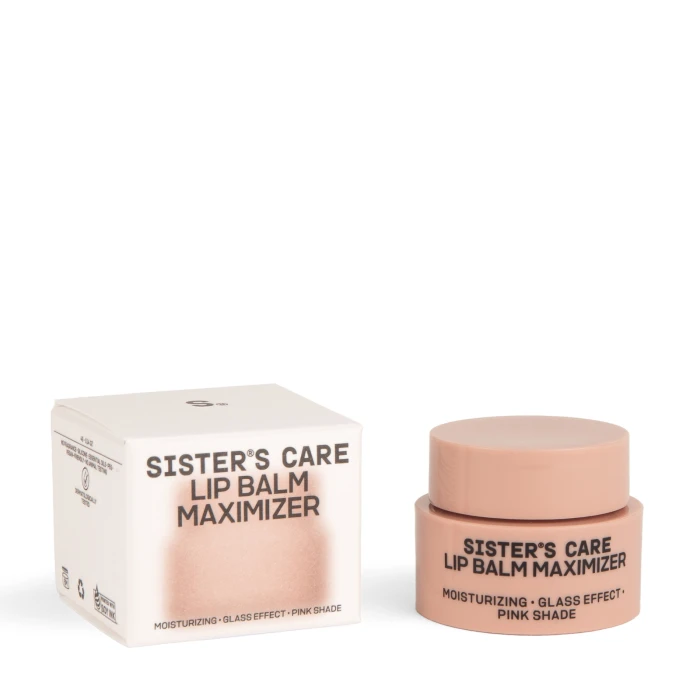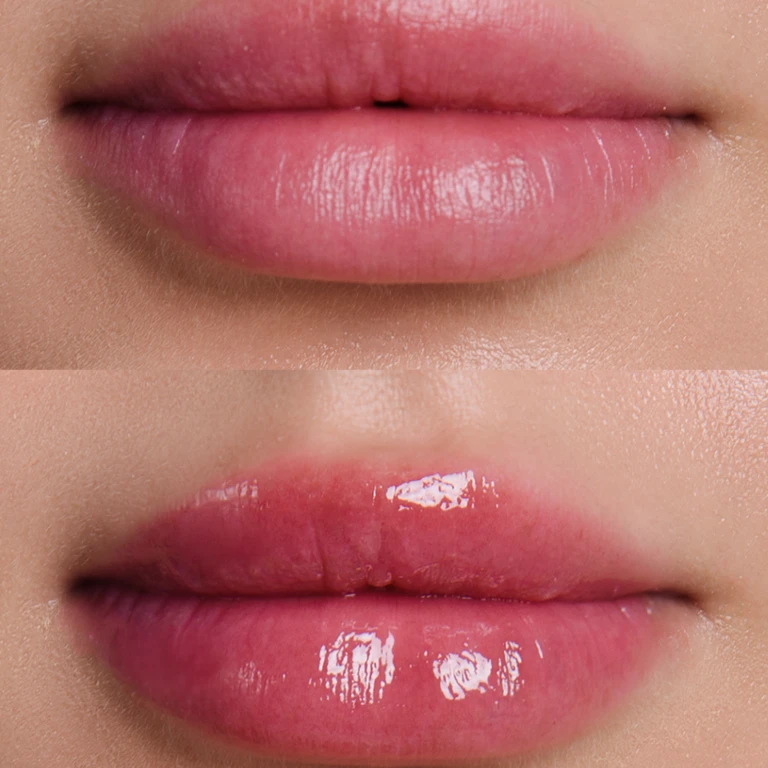What is the fragrance pyramid?

Most likely, you have noticed how the smell of the perfume changes throughout the day. Immediately after application, it can appear soft and citrusy, and deep and complex floral notes envelop you within a few hours. Behind this miracle, there is a fragrance pyramid, also known as the olfactory pyramid. Let's look at what it is and how it helps to choose a perfume.
Important: Knowing how to operate within the fragrance pyramid, you can better understand the complexity of your favorite perfume and make more informed decisions when choosing a new one. Do you love fresh citrus fragrances, or prefer the warmth of vanilla perfume? This article will help you identify the perfume profiles that suit you best.
WHAT IS THE FRAGRANCE PYRAMID?
The fragrance pyramid is a concept used in perfumery to conditionally illustrate how fragrances reveal themselves over time.
The three-tiered structure of the top, heart, and base notes harmonize with each other to create the bouquet of the composition.
Important: Notes in perfumery are the elements that make up a fragrance. All of them are part of a unique composition. They are carefully selected and blended to create a perfume masterpiece.
There are seven main fragrance families:
Floral;
Oriental;
Woody;
Fougère;
Chypre;
Citrus;
Leathery.
Each family is made up of different groups, which allows the perfumers to create a diverse range of perfumes.
HOW DOES FRAGRANCE DEVELOP AT EACH LEVEL
The top, heart, and base notes together create what we perceive as a rich perfume scent:
- Top notes
When you first spray a perfume, your nose captures light and volatile top notes. They are usually felt within the first 15 minutes after spraying. This means that the first noticeable scent of any perfume is the top notes. They are made up of lighter and more volatile ingredients, such as citrus notes (grapefruit, tangerine, and lemon), white notes (peppermint, basil, and spearmint), and aquatic notes (watery and airy aromas). These are usually volatile notes.
- Heart notes
As you work your way down the pyramid, you reach the heart of each fragrance – its heart notes. This thin layer stays on the skin for several hours after application. The middle notes make up about 70% of the total composition of the fragrance. They usually come into play when the top notes start to fade. Often richer, more complex, and fuller than the top notes, they include floral notes (rose, jasmine, and gardenia), fruity notes (peach, apple, and strawberry), and spicy notes (pepper, cloves, and cinnamon).
- Base notes
The base notes are the last chords in the symphony of fragrances. Heavier compounds are revealed at the end and last longer on the skin than others. These are often gourmand (vanilla, cocoa, and brown sugar), woody (sandalwood, patchouli, and cedarwood), and musky (sweet and powdery) fragrances. They create a lasting impression of a fragrance.
Interesting fact: People may perceive the same perfume differently because everyone has unique olfactory senses.
As soon as the perfume is sprayed, the perfume holder begins a sensual journey through the fragrance pyramid. Understanding this path allows you to appreciate the complexity of the bouquet more deeply. In simple words, only by testing the notes on the skin can you determine whether a perfume suits you.
Important: The perfume pyramid is much more complex than it might seem at first glance. Each perfume has a certain bouquet durability, which is influenced by the amount of ingredients used in the recipe, including oils, and alcohol.
HOW THE FRAGRANCE PYRAMID AFFECTS THE PERCEPTION OF PERFUME
Imagine the structure of your fragrance. Perhaps the fruity notes of lemon and apricot, being top notes, give way to fresh jasmine in the heart. Or maybe warm vanilla becomes a magical musk base. In a luxurious perfume composition, each fragrance is intricately layered on top of the other, creating an exquisite symphony.
To put it simply, perfume is multi-layered, like a delicious cake. Apparently, as with each subsequent bite, you try different ingredients – first the crispy top crust, then the top layer of filling, then what the chef put on the bottom layer of the cake, and finally the delicious cake soaked in the juice of the filling – the same way the aroma gradually reveals its ingredients.
This layering process allows us to smell different scents gradually, instead of immediately overloading our nose with an array of smells.
EXAMPLES OF THE FRAGRANCE PYRAMID
Using our perfumes as an example, we suggest you get acquainted with some of the fragrance pyramids. They are a perfect example of a well-constructed perfume:
- Perfume PUR PUR. The top notes are represented by passion fruit, peach, raspberry, currant leaf, and pear. The base of the heart notes is the lily of the valley. In the tail thus heliotrope, sandalwood, vanilla, patchouli, and musk.
- Perfume BLACK MOON. The top notes are presented by violet. The middle notes are saffron and red thyme. The notes of cedar, sandalwood, amber, patchouli, and thyme resound at the end.
HOW TO CHOOSE A FRAGRANCE ACCORDING TO THE PYRAMID
Remember that the best perfumes are not those that have an elaborate bouquet or are expensive. The best perfume is the one that makes you feel good. When choosing a fragrance, the individual taste should always play a major role.
• When choosing a perfume, first determine the ideal base note. These are deep, rich tones that last long after the top notes fade and are the primary scent of perfume.
• Next, focus on the heart notes. These are quite intense scents that last over an hour, so pay special attention to them.
• Top notes are the first acquaintance with a perfume. They set the tone but fade quickly, leaving room for the middle and bottom layers. Just think of them as a bright splash of color on the canvas.
FREQUENTLY ASKED QUESTIONS
WHAT IS THE DIFFERENCE BETWEEN THE FRAGRANCE PYRAMIDS OF NICHE AND COMMERCIAL PERFUMES?
Niche brands often focus on unique and rare ingredients, resulting in more complex pyramid structures. Commercial product developers thus prefer popular notes.
HOW DOES THE FRAGRANCE PYRAMID WORK IN PRACTICE?
The notes are released gradually. First – the top notes, create the first impression of the fragrance. There are also heart notes and base notes at the end for a long-lasting fragrance.
HOW TO USE THE PERFUME PYRAMID IN PRACTICE?
For the consumer, the perfume pyramid can be an invaluable tool. Knowing about the top, heart, and base notes of the perfume will help you choose a fragrance for a specific occasion or outfit. For example, citrus notes give you energy, floral notes enhance a romantic look, spicy notes are sensual, and woody notes – elegant.
WHY DOESN'T ONE PERFUME SMELL THE SAME FOR EVERYONE?
The simple explanation for this lies in body chemistry. Each person's skin has its pH balance. When perfume is applied, it interacts with the oils of the skin. A chemical reaction takes place, and the smell is revealed in specific shades. In some cases, floral perfumes can smell bitter and citrus too sweet.
